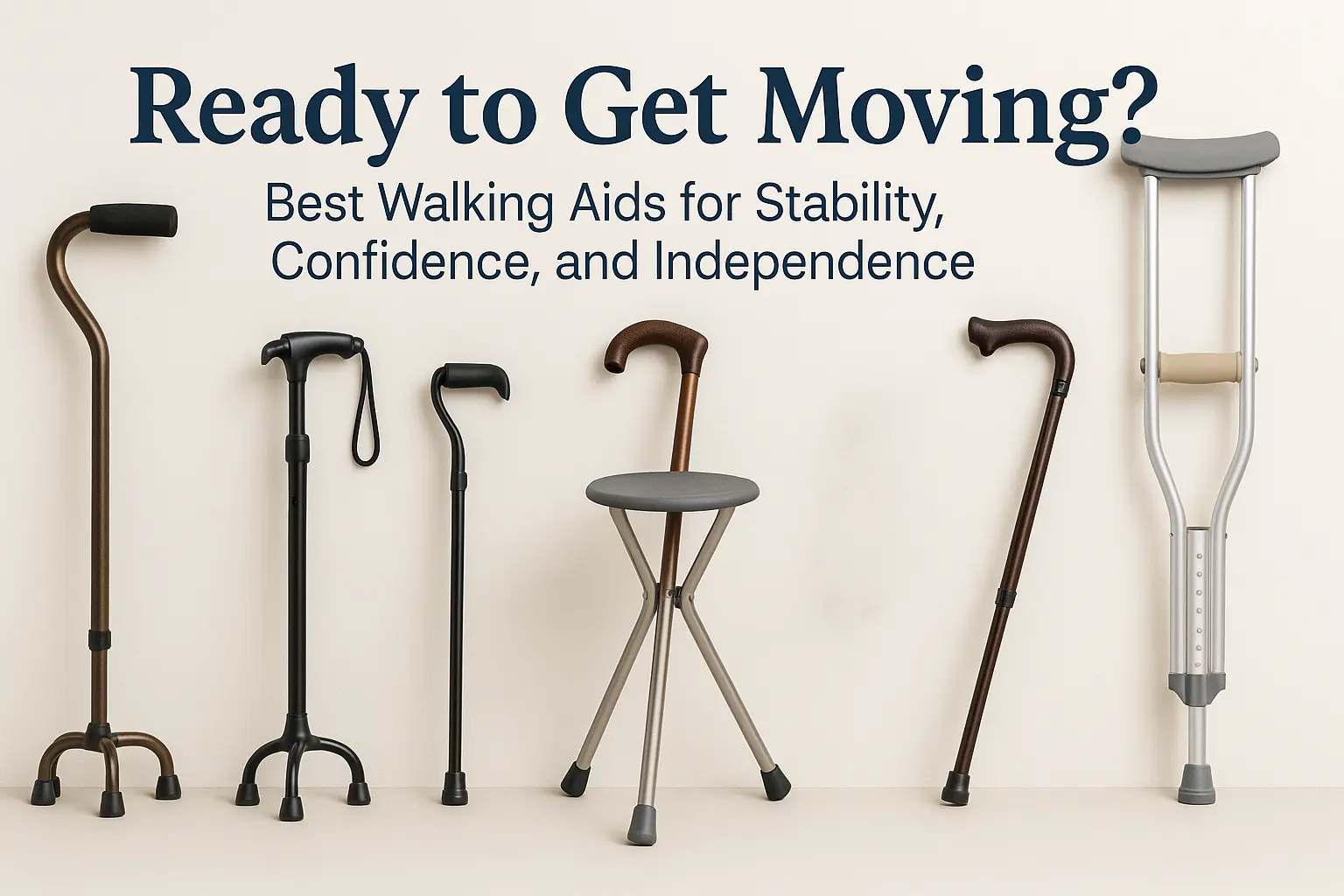Packing cube are a useful and effective way to maximize space in your luggage. Their many benefits include better organization, space-saving advantages, protection for clothes, and increased accessibility of items during travel or transportation. Packing cubes are becoming increasingly favored by travelers for these reasons. Even though these handy organizers are efficient and convenient, considering how they impact the environment is also important
Introduction
Packing cubes have completely revolutionized the way travelers organize and pack their items, offering convenience and efficiency. However, despite the ease that packing cubes provide, their environmental impact is a serious concern. The more travelers rely on these small organizers to simplify packing, the more necessary it becomes to consider their broader impact. The environmental footprint of packing cubes is influenced by their production process, the materials they are made from, and the way they are ultimately disposed of. The main ecological issues associated with packing cubes are waste generation, carbon emissions, and plastic pollution. Advocating for eco-friendly travel habits requires an understanding of the impact these seemingly harmless travel accessories have on the environment.

What are Packing Cubes?
The method of using packing cubes, or packing cubes, has completely transformed the way travelers organize and pack their items, offering convenience and efficiency. However, despite the ease packing cubes bring, their environmental impact is a significant concern. As travelers become more reliant on these small organizers to simplify packing, there’s an increasing need to consider wider suitcases and multi-functional travel items to enhance space efficiency and luggage management. These lightweight containers are typically made from durable materials such as nylon or polyester, available in various sizes and forms to meet a wide range of packing needs. Packing cubes mainly serve to organize and maintain a neat storage space during transportation, segregating clothes, accessories, and other travel essentials within a suitcase or backpack.
The Production Process of Packing Cubes
The manufacturing process of packing cubes involves several stages, each contributing to the creation of these convenient travel accessories. The outline is as follows:
Material Selection
Manufacturers typically choose lightweight yet sturdy materials (such as nylon or polyester) to make packing cubes. These materials ensure durability while keeping the organizers light and easy to carry.
Cutting and Shaping
Based on the design requirements of the packing cubes, large rolls of fabric are precisely cut into specific sizes and shapes. This step ensures consistency and accuracy in the construction process.
Sewing
Skilled personnel use industrial sewing machines to stitch the cut pieces of fabric together, forming the packing cube. This process requires precision and attention to detail to ensure the structural integrity of the product.
Installation of Zippers
Zippers are carefully installed along the edges of the cubes to allow easy opening and closing of compartments. High-quality zippers are crucial for ensuring the smooth function and durability of the organizers.
Final Touches
Additional features, such as mesh panels or clear windows, can be added to enhance the functionality of the product. These features provide ventilation and visibility, making it easier for users to organize and access their belongings.
Quality Control
Each packing cube product undergoes rigorous quality checks to ensure robustness, seam integrity, and compliance with design standards. This step helps identify any defects or inconsistencies before the product is packed for distribution.
Packaging
Once approved by quality control, packing cube products are carefully packaged for distribution. Sets of different sizes can be bundled together to meet various packing needs and preferences.
By strictly following each step of the manufacturing process, manufacturers can produce high-quality packing cube products that meet the needs of modern travelers, while minimizing environmental impact and maximizing functionality.

How to Use Packing Cubes Products
When packing for travel, packing cubes are essential for maximizing luggage efficiency and organization. With these versatile accessories, you can pack methodically, make the most of the available space, and ensure your belongings are always well-ordered.
Choosing the Right Size
Select a range of packing cubes sizes to fit different items, ensuring they fit snugly in your suitcase. To fully utilize the available space, consider the dimensions of your backpack or carry-on.
Organize Your Items
Before packing, categorize your items by clothing, accessories, toiletries, and electronics. This will help you determine what goes in each packing cube.
Fold or Roll Your Clothes
Fold or roll your clothes neatly to save space and reduce wrinkles. While fragile items may be better off folded to avoid creases, rolling is usually more effective for larger items like sweaters or jackets.
Pack Each Cube Carefully
Group similar garments together and place them in the packing cube by rolling or folding to facilitate access. Use several sections within the cube to place other small items, such as underwear, socks, and accessories.
Compress and Zip
After placing all items into each packing cube, carefully press down on the top to eliminate any remaining air. Next, firmly pull the cube’s zipper to ensure nothing shifts during transit.
Arrange Your Luggage
Stack the cubes vertically or lay them flat to maximize space in your bag or backpack. When traveling, distribute the weight evenly to maintain balance and stability.
Easy Access and Unpacking
Upon arrival, unzip the packing cubes to access your goods without disrupting your other luggage. This planned approach can save you time and hassle when unpacking and repacking during your travels.
By following these simple tips, you can maximize your packing space and enjoy a stress-free vacation experience. Whether for a short weekend getaway or a longer journey, packing cubes are your best friends for staying organized while traveling.

Different Types of Packing Cubes
Standard Packing Cube Products
These are the most basic types of packing cubes; they usually come in square or rectangular shapes and are available in various sizes to accommodate a multitude of items. They typically feature mesh ventilation panels and zip closures.
Compression Packing Cube Products
The purpose of compression packing cubes is to optimize luggage space efficiency by allowing users to compress their goods, thus reducing volume and conserving valuable space. Typically, they have additional straps or compression zippers to expel excess air.
Slim Packing Cube Products
Smaller accessories or items may get misplaced in larger packing cubes, making it ideal to use slender packing cubes for organization. They are more streamlined and slim, making them perfect for storing travel documents, electronic cables, or toiletries.
Packing Cube Sets
These sets usually come with packing cubes of various sizes as well as other organizational accessories, including laundry bags, shoe bags, and toiletry bags. They offer an all-in-one solution, allowing you to neatly organize all your travel essentials.
Specialty Packing Cube Products
Specific packing cubes cater to particular needs or preferences; for example, expandable packing cubes can accommodate larger items or souvenirs purchased during travel, while waterproof packing cubes protect items from moisture.
Customizable Packing Cube Products
Some packing cubes include modular features that allow users to rearrange the internal sections to meet their needs. These cubes typically have removable panels or dividers that can be adjusted for different packing configurations.
Packing Cube Product Series
Packing cube products, along with other travel accessories such as garment folders, toiletry kits, and shoe bags, are part of a comprehensive travel box system, offering all-encompassing organizational solutions. They provide comprehensive packing solutions for travelers with various packing needs.
Environmental Impact of Packing Cube Products
Although convenient for travelers, packing cube products also have significant environmental impacts worth considering:
Plastic Pollution
Most packing cubes are made from synthetic materials, such as nylon or polyester, which are forms of plastic. When these cubes reach the end of their life, they usually end up in landfills, contributing to plastic pollution. Additionally, microplastics may shed during use, further exacerbating this issue.
Carbon Footprint
The production and transportation of packing cubes generate a carbon footprint. From the extraction of raw materials to manufacturing and distribution, each step releases greenhouse gases into the atmosphere, contributing to climate change.
Waste Generation
Like any product, the lifespan of packing cubes is limited. When they wear out or become outdated, they are discarded, exacerbating the growing problem of waste generation. Most packing cubes are not biodegradable, further intensifying environmental issues.
Despite these environmental impacts, it’s essential for travelers to research eco-friendly options and utilize sustainable packing techniques. Travelers can minimize waste and enjoy organized travel while reducing environmental impact by using reusable packing bags made from sustainable materials.
Tips for Eco-Friendly Traveling
When it comes to eco-friendly travel, consider the following tips to minimize the environmental impact of using packing cube products:
Choose Sustainable Materials: Use packing cubes made from eco-friendly materials (e.g., recycled plastics or organic fabrics).
Pack Light: Only carry what you need to reduce luggage weight and decrease fuel consumption during transport.
Reuse and Recycle: Extend the life of travel luggage organizer products by reusing them multiple times and responsibly recycling them at the end of their life.
By incorporating these strategies into your habits, you can enjoy well-organized packing and a smaller carbon footprint while traveling.
Final Thoughts
Undoubtedly, travel packing cube products are helpful for travelers in terms of organization and convenience; however, it’s crucial to consider their environmental impact. The environmental footprint of travel luggage organizer products is significant, from causing plastic pollution and carbon emissions during the manufacturing process to increasing waste production afterward. Nonetheless, travelers can reduce their environmental impact by acknowledging these issues and considering eco-friendly options. To lessen the environmental impact of packing cube products, it’s important to choose sustainable materials, handle waste responsibly, and support businesses that share this commitment. Travelers can ultimately use organizer products made from eco-friendly materials, helping to protect the environment for future generations.
FAQs: Packing Cube
Are packing cube products helpful?
Yes, packing cube products are very helpful for travelers. They provide a systematic way to organize items, making it easier to find things and minimize the need to rummage through your luggage. Additionally, travel luggage organizers help compress clothes and other items, maximizing luggage space and keeping items tidy during travel.
Do packing cube products reduce space?
Yes, travel packing cube products are designed to compress clothes and other items, reducing their volume and maximizing suitcase space. By neatly organizing items into travel luggage organizers and compressing them, travelers can fit more into their luggage while keeping everything orderly and easily accessible.
What is the purpose of packing cube products?
The main purpose of travel luggage organizer products is to help travelers organize their items more effectively. Travelers can easily find items without having to unpack their entire suitcase by categorizing clothes, accessories, toiletries, and electronics into separate cubes.
Are eco-friendly packing cube alternatives more expensive?
Initially, the upfront cost of eco-friendly travel luggage organizer alternatives might be higher than traditional travel luggage organizers made from synthetic materials. However, considering their durability and environmental benefits, eco-friendly options may prove to be cost-effective in the long run.






